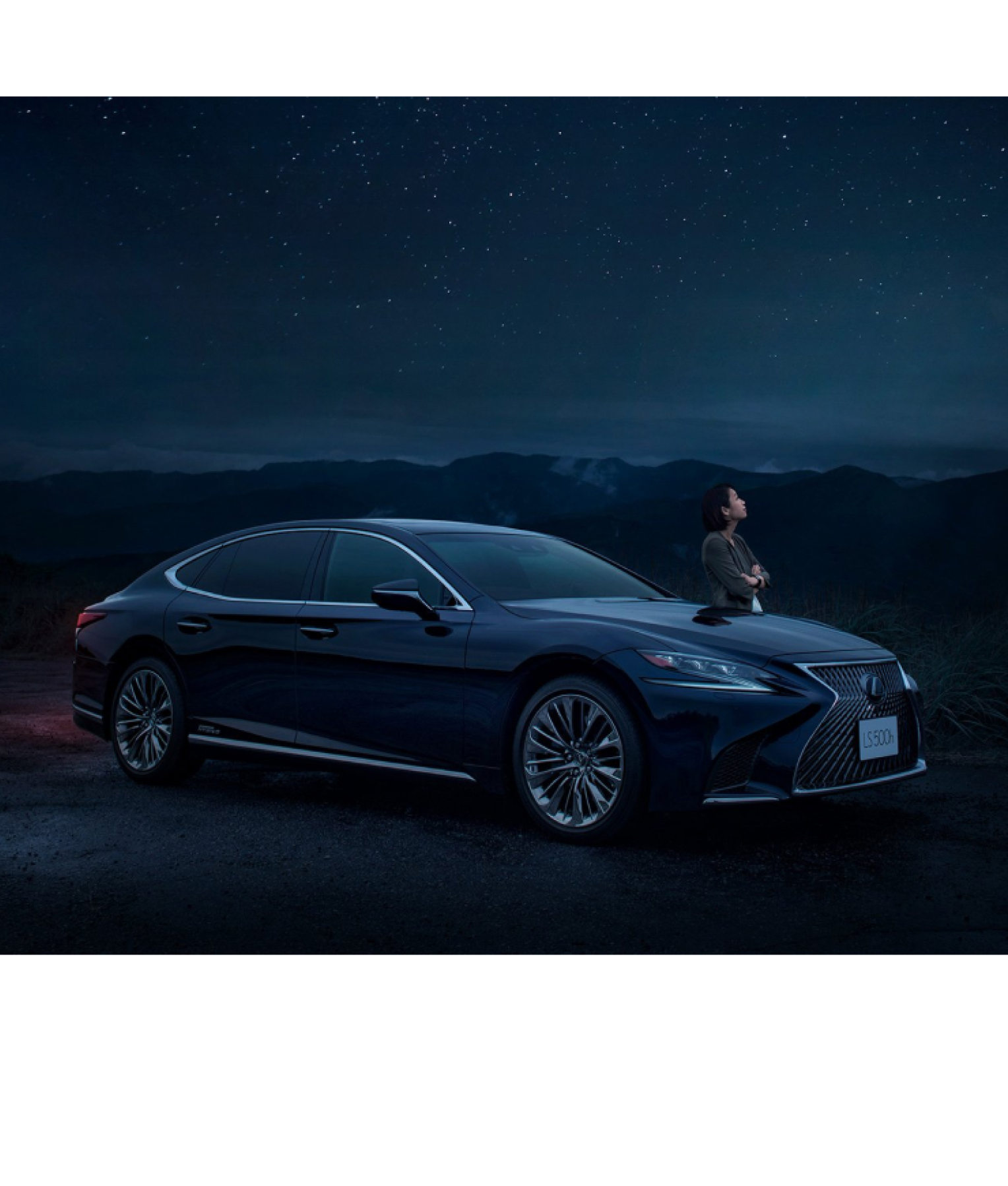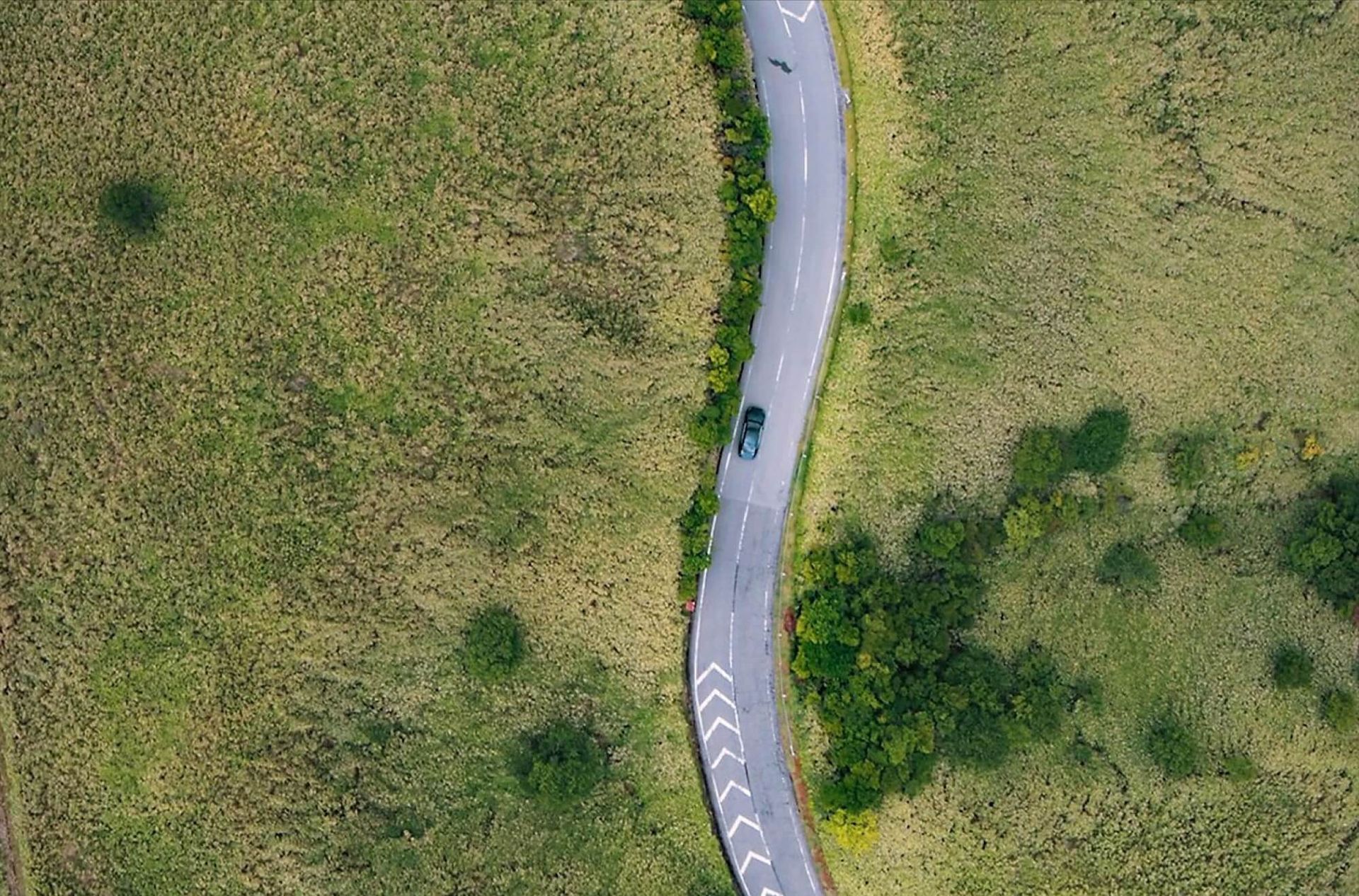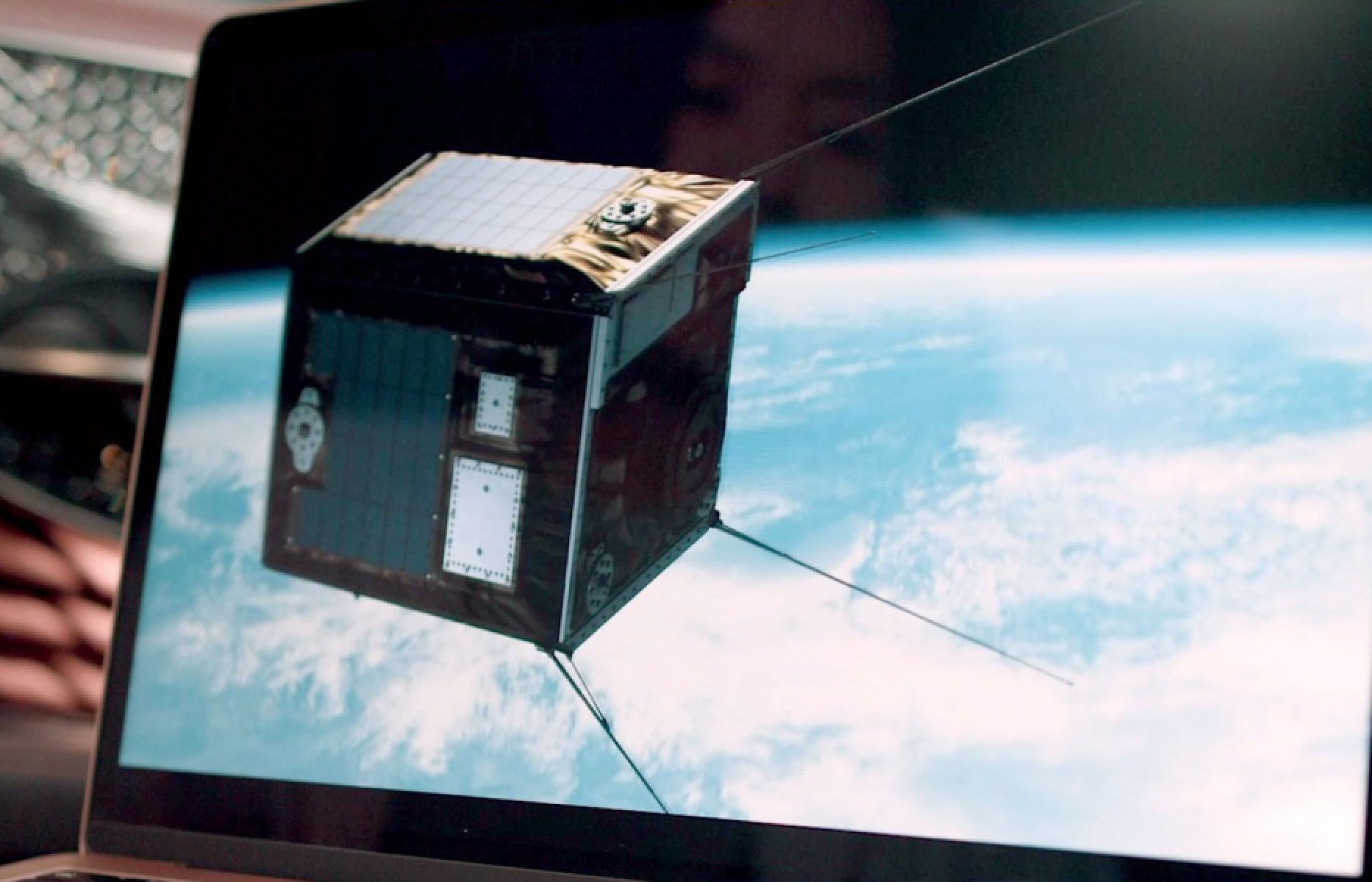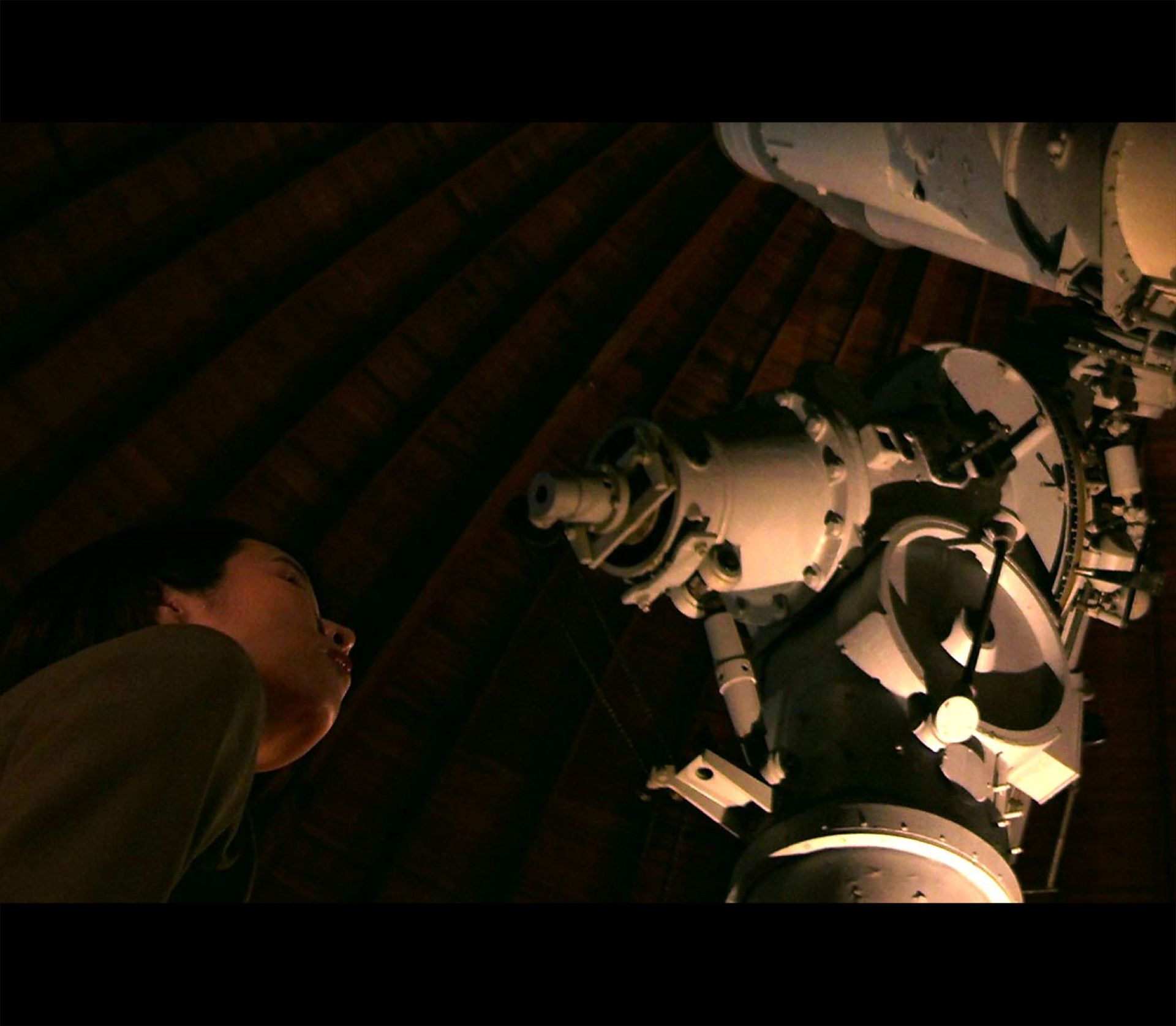A decade later, in 2011, after stints workingfor Goldman Sachs and a venture in games programming, Okajima set up ALE. As we arrive at her office, the ever data-driven Okajima observes that the activity tracker on her watch has barely registered our two-hour journey. “It usually increases count when I drive but this journey was very smooth,” she says, laughing at her own calculation.
It’s these fine-tuned details that Okajima quietly takes note of in the car—the precision of the Kiriko glass work, the delicately pleated interior trim and the exceptional sound coming from the 3D-surround Mark Levinson audio: “I really respect the car manufacturers as they’re not only making these stylish, high quality details,” she says, gliding her hand over the door’s interior, “but they’re also ensuring their cars are safe to drive.” And it’s this level of expertise illustrated with Lexus that Okajima is keen to establish at ALE.








